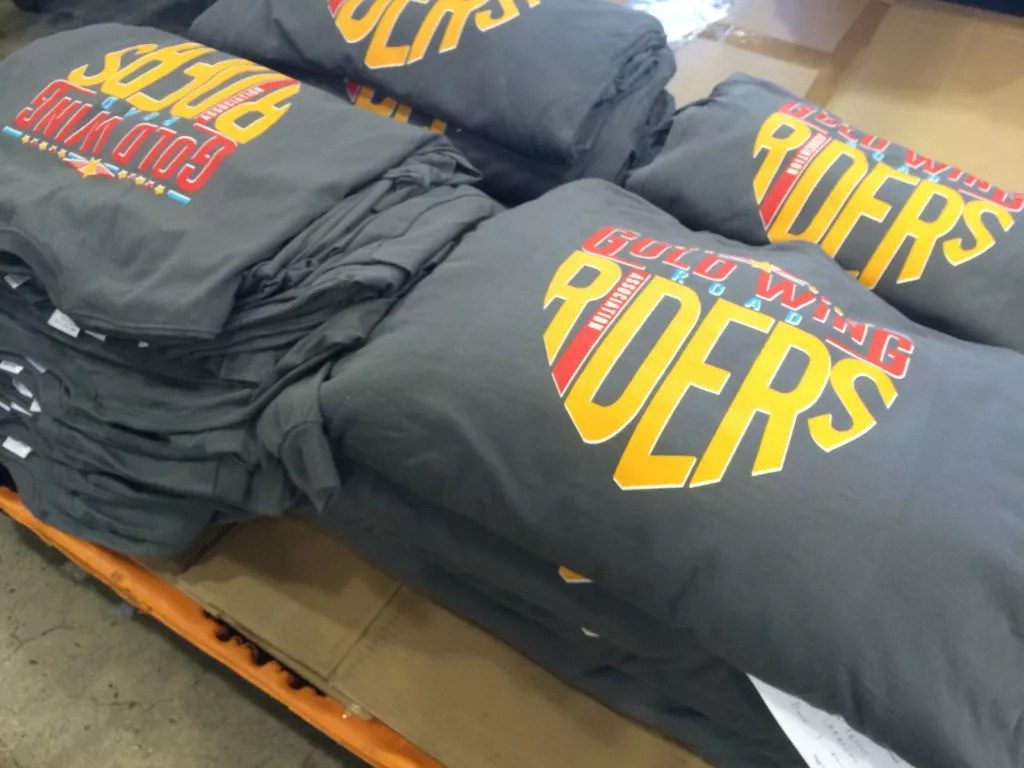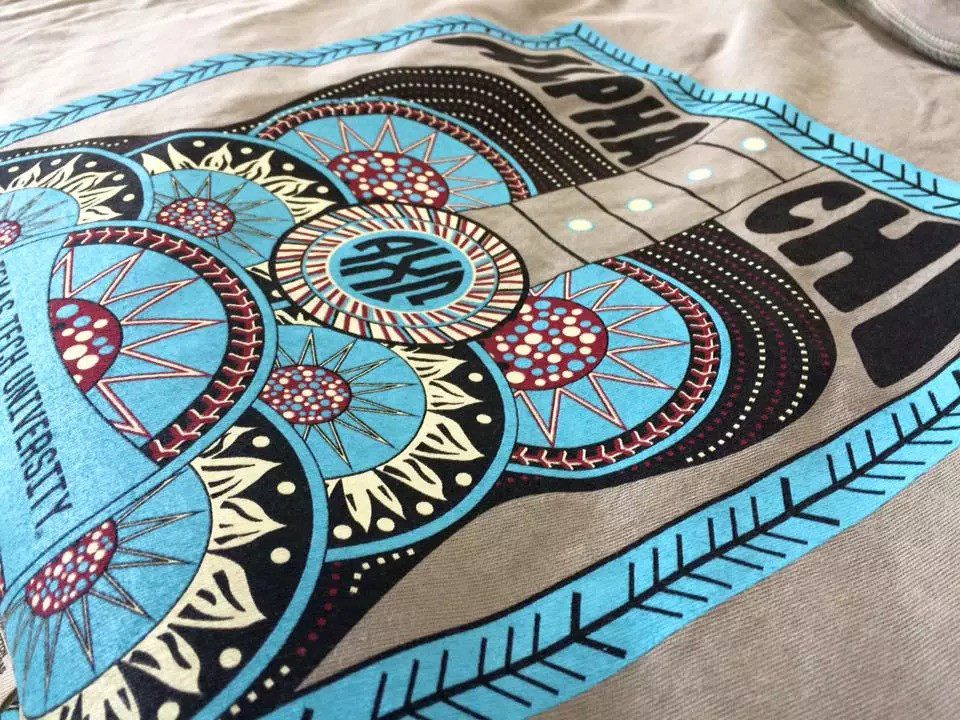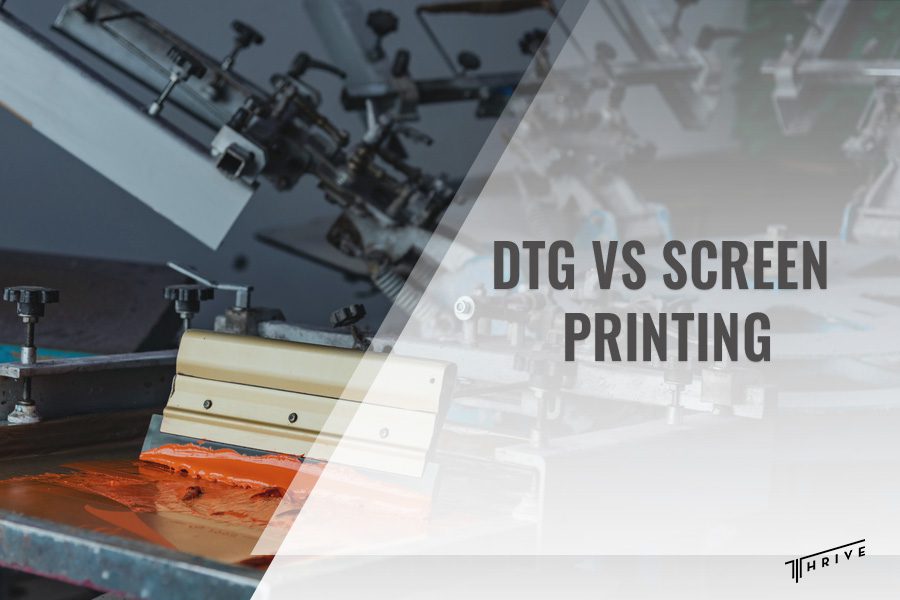Screen printing and direct-to-garment (DTG) printing are two prominent techniques that stand out in quality and efficiency. These methods, often pitched together in the DTG vs screen printing debate, offer unique advantages and cater to different needs within the printing industry.
In this article, we’ll delve into the nuances of direct-to-garment and screen printing, comparing their durability, quality, cost, and more to help you make an informed decision for your next project.
Understanding the Basics: DTG and Screen Printing
Before we compare DTG vs screen printing, let’s define these terms. Direct-to-garment printing utilizes modern inkjet technology, which, as the name implies, works by applying ink directly onto the chosen garment. DTG is a fairly recent printing approach that has become widely popular due to its minimal setup.
Screen printing, on the other hand, dates back to ancient Egypt and China. It regained much of its popularity during the 1960s. This printing technique involves creating a stencil (screen), which is then put into contact with the chosen printing apparel. The ink passes through the stencil openings, and the graphic gets transferred to the shirt by pressing the ink through the screen.

DTG vs screen printing materials
One of the first things we inspect when stacking up two printing methods against each other is the type of material they are most suitable for. In this comparison, we must note that screen printing has a far wider reach than DTG.
Arguably, the majority of print designs are produced through screen printing. This is because it offers a list of possibilities and provides an adequate solution for printing posters, signs, glassware, clothes, etc.
In contrast, DTG printers are mostly used for flat surface prints such as fabrics and paper. In some cases, this printing method might be suitable for plastics like acrylics or PVC, but it’s usually not the first choice. To find out whether or not one of these techniques is suitable for your printing idea, consult with one of the best contract screen printing services for screen and DTG printing.
DTG vs screen printing quality
In terms of quality, both methods have their merits. DTG shines in its ability to produce high-quality prints for less cost. It is the to-go choice for the production of photorealistic, high-resolution images in a spectrum of colors. Direct-to-garment printing is ideal for more complex and detailed designs on textile fabrics.
On the other hand, screen printing offers a more consistent color output. However, it is limited in color garments and is much more labor-intensive in some cases. This is because we are limited in the number of colors we can use simultaneously. In our experience, screen printing makes an excellent choice for printing logo designs for t-shirts, hoodies, and larger logo designs for pubs and restaurants.
DTG vs screen printing durability
In today’s world, most of us are more interested in well-made products built to last rather than apparel whose prints fade or peel off after several washers or wears.
When it comes to durability, the difference between DTG and screen printing is notable. DTG prints are popularly used in custom orders as they are more hassle-free and offer more detailed designs. In terms of durability, it will likely stand up to 50 washes without losing appeal.
Screen printing can last considerably longer compared to DTG. This is why screen printing makes a more suitable choice when printing sports apparel or business uniforms.
DTG vs screen printing sustainability
When trying to determine which is more eco-friendly than the two, we’d have to say that DTG printing is the obvious winner in this category.
Direct-to-garment printing is mainly used for small-level productions and tends to be specifically order-oriented. These machines are also thought to be more sustainable as they use eco-friendly, water-based inks and have a highly efficient printing process. Put simply, DTG is very similar to printing on a regular office printer, only here the print is transferred onto textile, not paper.
Screen printing is usually used for mass production, and overproduction is always a risk when printing in bulk. Many clothing items in the textile industry end up thrown away when a manufacturer is unable to properly position them on the market. They can easily be replaced with the next clothing selection in line, and this contributes to major environmental issues.
As statistics show the textile industry in the U.S. produces over 17 million tons of textile waste annually. Alongside China, which has a yearly textile waste of 20 tons, the U.S. is one of the biggest contributors on a global level.

DTG vs screen printing cost
When discussing the DTG vs screen printing cost, we must mention that the final fee relies much on the type of printing project in question. For instance, small order batches will likely have a lower-end cost with DTG, as screen printing has a more complex setup and usually comes with heftier fees.
This is why, for smaller organizations operating on a limited budget, DTG might be a more economical option. However, if you are planning on making a printing order that includes hundreds or thousands of t-shirts or hoodies, then screen printing is the logical option.
Is DTG cheaper than screen printing?
It’s difficult to assess if one is cheaper than the other– it depends on the order you plan to make Usually, for us, DTG prints come as a cheaper alternative for smaller orders with more detailed designs. In contracts, screen printing is more appropriate for printing in bulk.
DTG vs screen printing overview
So, is DTG better than screen printing? largely depends on your specific needs. Considering the pros and cons of both these printing techniques can offer greater insight into their overall appeal.
We find the characteristics mentioned in the table below to be most helpful to customers struggling to reach a final decision.
| Printing Method | Advantages | Limitations |
| Direct-to-garment printing | Can achieve high levels of accuracy with quality resolution and sharpness. Offers customers more flexibility; they can order just a single T-shirt or decide on a higher number. Uses water-based inks which are more eco-friendly compared to conventional inks that might have a higher chemical content. | Doesn’t work well with fabrics that have a low cotton content. |
| Screen printing | Offers greater durability compared to DTG. Better suited for bulk printing and more cost-effective for companies in need of larger orders. Offers greater versatility in material choice as it is adequate for a range of materials, including wood and plastic. | Features a limited color variety, which contributes to various design limitations. |
Conclusion
At Thrive Screen Printing, we understand that each client has unique needs. This is why, in the DTG vs. screen printing debate, we see no one-size-fit answer. Each method comes with its pros and cons, and understanding the difference between the two is key to making the right choice for your apparel needs.
For instance, a marching band in need of vibrant uniforms might find that DTG makes a more appropriate option for their needs, while a fishing tournament looking for prints that will withstand the test of time might see screen printing as a better option.

Robert Fisher is the founder and CEO of Thrive Screen Printing and brings extensive experience in the screen printing and fulfillment industry.


